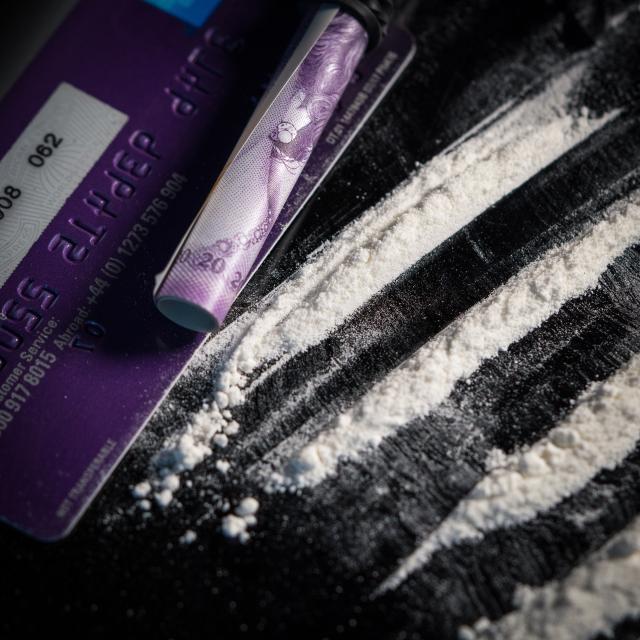The Australian Criminal Intelligence Commission (ACIC)’s latest National Wastewater Drug Monitoring Program has revealed a concerning increase in methylamphetamine and cocaine consumption in Australia.
Sampling between April and June this year at 55 wastewater sites around the country showed that consumption of the two dangerous drugs had increased to the highest levels recorded since 2020.
ACIC Acting CEO Matt Rippon said that this report underlines the pervasive and ongoing threat posed by serious and organised crime groups in Australia to illicit large profits at the expense of the Australian community and forms part of a multi-dimensional approach that targets supply, demand and harm reduction critical to reducing drug use in Australia.
“Drug consumption estimates derived from wastewater data, when used in combination with other data such as seizure, arrest, price, purity, health and availability data, provide the most comprehensive, empirically-based insights into Australian drug markets,” he said.
“In turn, this data reveals drug market resilience, but also points of vulnerability that presents opportunities to inform harm reduction strategies that improve the safety of the Australian community.”
The report, the 20th conducted, also showed an increase in the average consumption of alcohol, methylamphetamine, 3,4-methylenedioxyamphetamine (MDA), oxycodone and ketamine in both capital cities and regional areas across the country but decreases in the average consumption of heroin, 3,4-methylenedioxymethylamphetamine (MDMA) and fentanyl.
While there is no updated regional data for Victoria, the update capital city data showed:
Alcohol consumption slightly increased but remained below the average for Melbourne,
Cannabis consumption decreased and remained below the capital average
Cocaine consumption shot up, taking it significantly above the capital average
Fentanyl consumption sharply decreased to remain under the capital average
Heroin consumption increased, remaining strongly above the capital average
Ketamine consumption sharply decreased but remains above the capital average
MDA consumption drastically decreased, taking it well below the capital average
MDMA consumption slightly decreased, almost bringing it down to the capital average
Methylamphetamine consumption increased, taking it above the capital average
Nicotine consumption slightly decreased, remaining below the capital average
Oxycodone consumption decreased significantly, taking it below the capital average.
Mr Rippon said the wastewater work extends far beyond the report including exploring new technology developed by their university partners to take sampling to an increasing variety of sites beyond wastewater treatment plants and to more remote areas of the country.
“With these advances applied to law enforcement, health and broader community harm reduction purposes, our work will generate greater understanding of emerging drug market issues and responses,” he said.
The report covers a population of about 14 million Australians, 55 per cent of the country’s population, by monitoring the 20 capital city and 35 regional wastewater sites. There are 12 participating sites in Victoria, two in Melbourne and 10 in regional areas.
For free and confidential advice about alcohol and other drug treatment services, call the National Alcohol and Other Drug Hotline on 1800 250 015.
To access free 24/7 drug and alcohol counselling, visit counsellingonline.org.au.
For information about drug and alcohol addiction treatment or support, go to turningpoint.org.au.







